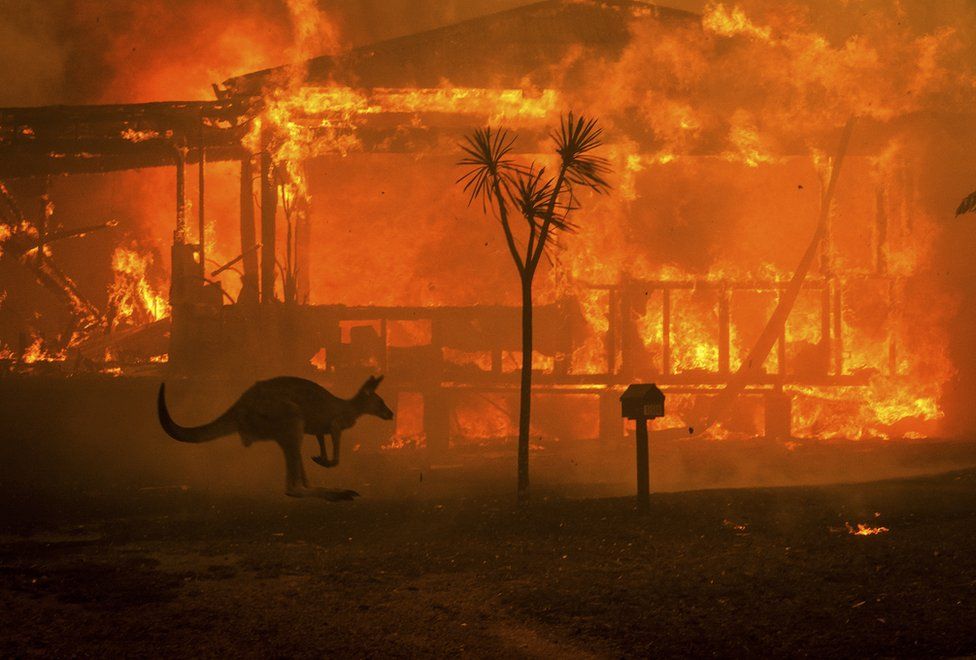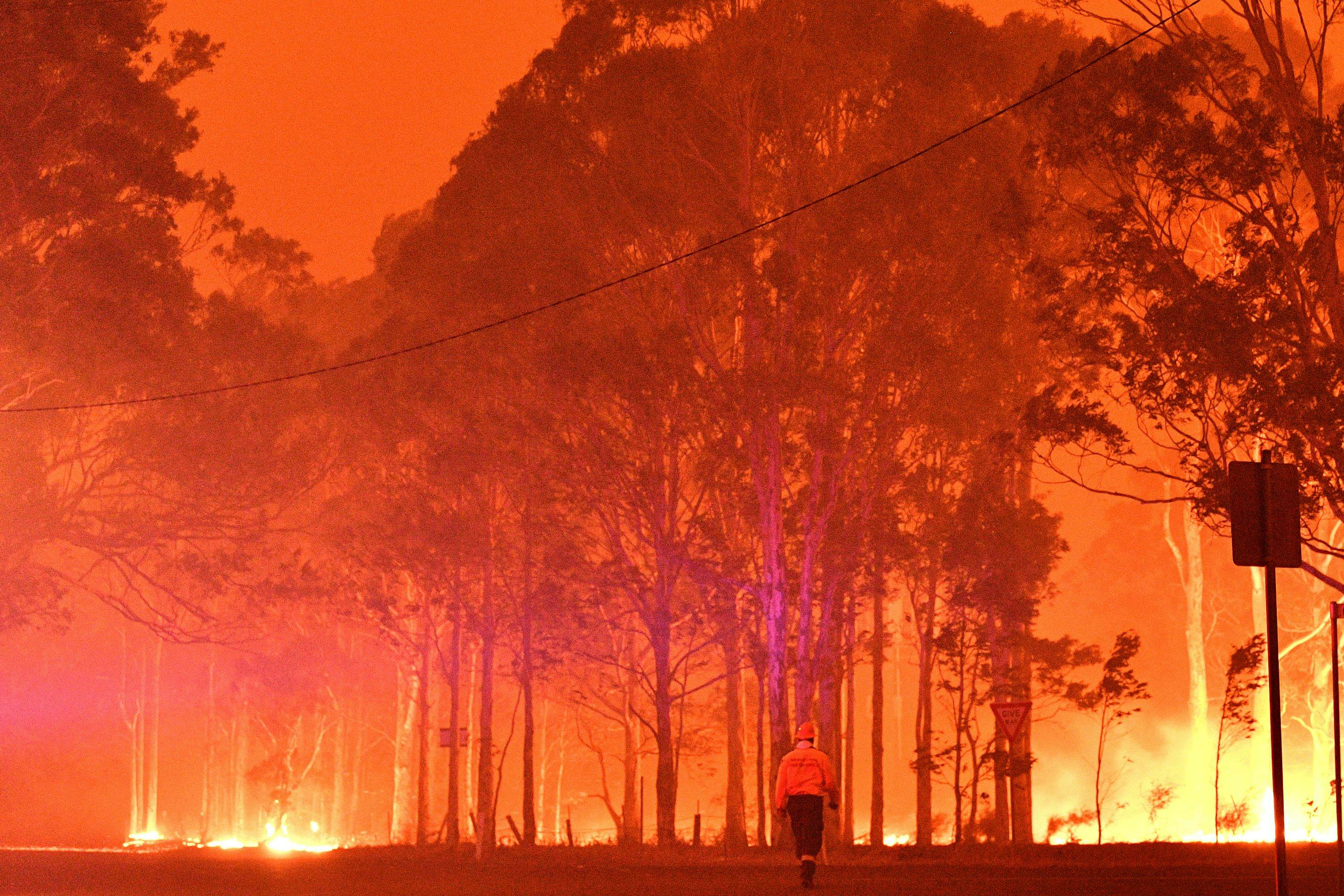Crafting Your Residential or commercial property's Security: A Detailed Bushfire Management Plan Overview
Crafting Your Residential or commercial property's Security: A Detailed Bushfire Management Plan Overview
Blog Article
Vital Tips for Bushfire Administration to Make Certain Fire Protection

Understanding Bushfire Threat Levels
Understanding the differing degrees of bushfire danger is vital for effective planning and prep work in mitigating possible hazards to residential properties and lives. Bushfire threat degrees are typically classified based on elements such as climate condition, gas accessibility, topography, and historic fire actions. By comprehending these threat degrees, communities and individuals can proactively carry out methods to lower susceptability and improve resilience despite possible bushfire occasions.
The first level of bushfire risk is low risk, where the probability of a bushfire taking place and creating considerable harm is marginal. This level usually happens throughout durations of low temperature levels, moderate moisture, and very little wind speeds. Moderate threat degrees suggest an increased potential for bushfires because of intensifying climate condition or fuel accessibility. High-risk degrees indicate a considerable threat, with conditions for fast fire spread and severe fire behavior. Severe danger levels are the most vital, presenting impending threat to lives and properties because of serious climate problems and very flammable gas.
Comprehending these bushfire risk levels makes it possible for stakeholders to customize their readiness and feedback actions accordingly, guaranteeing a proactive and effective strategy to bushfire monitoring.
Creating a Defensible Area
Efficient bushfire administration begins with developing a defensible area around homes to improve security against potential fire threats. A defensible area is a barrier area that produces an obstacle between a structure and the surrounding combustible vegetation. This room functions as a crucial line of defense, giving firefighters a risk-free location to run and helping to reduce the risk of a fire spreading to the property.
When creating a defensible area, it is vital to think about the layout of the residential or commercial property and the surrounding landscape. Cleaning greenery, particularly highly combustible plants, within a particular span of the property can help avoid the quick spread of fires. Furthermore, preserving a well-irrigated zone around the property can additionally enhance its defensibility.
Routine upkeep of the defensible room is important to guarantee its effectiveness. This includes trimming looming branches, removing dead greenery, and maintaining the location free of particles. By spending effort and time right into creating and maintaining a defensible space, homeowner can substantially boost their chances of securing their homes and properties throughout a bushfire.
Applying Fireproof Landscape Design
When designing landscapes to reduce the danger of bushfires, including fire-resistant aspects is necessary for improving home defense and minimizing fire risks. Applying fire-resistant landscape design includes tactical preparation to develop a defensible room around frameworks. Beginning by picking fireproof plant varieties that are much less most likely to spark and generate reduced levels of combustible products. Select plants with high wetness material, low oil material, and very little dead plants to decrease the risk of fire spread. Furthermore, keep appropriate spacing in between plants and keep them effectively pruned to avoid fire from conveniently leaping between greenery.

Creating an Emergency Emptying Strategy
Developing a detailed emergency emptying strategy is crucial for making certain the security and health of individuals throughout possible bushfire occurrences (Bushfire Risk). A reliable evacuation plan must lay out clear treatments to comply with in case of a bushfire threat, including marked evacuation routes, assembly factors, and interaction procedures
To start producing an emergency situation emptying plan, it is necessary to analyze the specific dangers and vulnerabilities of your area. Determine multiple discharge paths that lead to secure areas Get More Info far from the fire, taking into consideration variables such as surface, roadway availability, and possible dangers. Develop communication networks to sharp homeowners of an upcoming read the full info here discharge, utilizing techniques such as sirens, message informs, or door-to-door alerts.
Frequently testimonial and exercise the evacuation plan with all residents or community participants to ensure every person recognizes their roles and responsibilities. Conduct drills to evaluate the effectiveness of the strategy and make any kind of needed modifications. By having a well-prepared emptying plan in position, you can boost the opportunities of a secure and orderly discharge throughout a bushfire emergency situation.
Preserving Fire Security Devices
After establishing a comprehensive emergency situation emptying prepare for bushfire incidents, it is important to prioritize the normal maintenance of fire safety equipment to guarantee ideal functionality and preparedness. Regular maintenance of fire security tools such as fire extinguishers, smoke detectors, fire alarms, and automatic sprinkler is vital in protecting lives and building during a bushfire. When required., carrying out routine inspections, screening, and maintenance of these devices by certified specialists is necessary to guarantee they are in working order.
Fire extinguishers must be inspected routinely for pressure degrees, visible damage, and correct capability. Smoke detectors have to have their batteries replaced at the very least yearly and go through month-to-month testing to ensure they are functional. Emergency alarm and sprinkler systems must be inspected regularly to confirm they are attached and functioning appropriately. Additionally, it is necessary to maintain fire security tools easily accessible, unobstructed, and plainly identified for very easy identification during an emergency situation. By faithfully keeping fire security tools, people can enhance their preparedness and feedback capabilities in the event of a bushfire.
Verdict
To conclude, efficient bushfire management entails comprehending threat levels, producing defensible spaces, carrying out fireproof landscape design, creating emptying plans, and keeping fire security equipment. By adhering to these necessary ideas, people can make certain better fire defense and safety and security for their communities and homes. It is essential to focus on aggressive procedures to reduce the threats related to bushfires and to be prepared for emergency situations.
By understanding the subtleties of bushfire risk levels, developing defensible rooms, implementing fireproof landscape design, developing extensive emptying strategies, and guaranteeing the maintenance of fire security devices, areas and people can substantially strengthen their resilience against the ravages of wildfires - Bushfire Management Plan. These suggestions are not More about the author only essential for safeguarding versus instant fire threats but also for cultivating long-lasting fire security strategies that can make a significant distinction in the face of rising bushfire hazards
High-risk degrees signify a considerable danger, with conditions favorable to quick fire spread and extreme fire habits. Regular upkeep of fire safety and security devices such as fire extinguishers, smoke detectors, fire alarms, and lawn sprinkler systems is vital in securing lives and residential property during a bushfire.In final thought, efficient bushfire monitoring entails comprehending danger levels, producing defensible spaces, carrying out fireproof landscape design, creating emptying plans, and preserving fire security devices.
Report this page